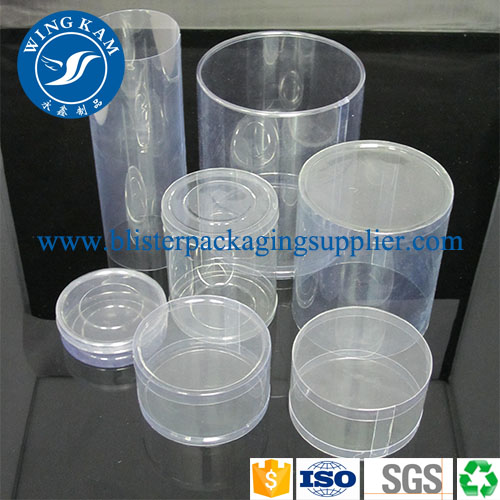Because UV inks are photosynthetic and cross-linking reactions, the drying speed is fast, the energy consumption is low, and the printed products have good gloss and bright colors. Because the ink film is formed by polymer cross-linking, it is oil-resistant, wear-resistant, water-resistant, and solvent-resistant. It has the advantages of long-term storage and stable performance. There are many types of UV inks, including not only various conventional inks, but also UV ice cream, UV frosting, UV refraction, and UV foam ink.
However, during the printing process, UV inks should pay attention to the skin protection of the operators, otherwise they may be irritated. In addition, the UV light must be prevented from harming the human body and the ozone generated by ultraviolet radiation should be eliminated in time. What's more important is that since the UV inks are cross-linked, they are not easily dissolved and affect the recovery after discarding. The current recycling project is also under study.
Now, waterborne UV inks have been developed in foreign countries. Due to the higher viscosity of photopolymerized prepolymers in common UV inks, the use of acrylic compounds as active diluents to dilute UV inks is generally not safe. Therefore, in order to reduce the viscosity of UV ink developed water-based UV ink, the solvent is mainly ethanol, which will make the ink has a good compatibility and adhesion.
According to the latest understanding, combining UV inks with oil inks can form new non-polluting inks without VOCs.
Soybean oil-based ink came out
The main components of vegetable oil based (soybean oil) ink are resins, pigments, auxiliaries and solvents. Among them, the pigment is 0 to 30%, the resin is 30% to 40%, and the auxiliary is 0 to 5%. The ink binder contains vegetable oil (soybean oil, linseed oil) and mineral oil (low VOC). The common ink contains 10%-20% vegetable oil and 20%-30% mineral oil (low VOC), while the soybean oil-based ink Contains mineral oil (low VOC), usually 10% to 25%, and low VOC soybean oil based ink contains only 0 to 5% of mineral oil.
Japan's research and development in the area of ​​soybean oil ink was relatively successful. Osaka Printing Ink Company has developed 100% soybean oil in recent years. Opitone Eco SOY-100, a sheet-fed offset ink that does not contain VOC components, has been certified by the American Soybean Association. The technical key of the ink is the use of synthetic resin and dry catalyst of soybean oil. The ink has good printability such as glossiness, friction resistance, drying property and dampening stability, and can be used for coated paper and cardboard. E-type corrugated and fine corrugated paper.
Waterless offset ink variety
One of the key points in offset printing is to achieve a true ink-and-water balance, and waterless offset printing fundamentally solves this problem. However, the waterless offset printing ink is affected by the temperature, and the viscosity changes greatly. For example, the ink is thinned by being squeezed and rubbed between the ink rollers to make the printing plate dirty. Therefore, waterless offset printing is difficult to achieve without cooling equipment. The best way is to study the matching ink so that the ink maintains a constant viscosity over a wide range of temperatures. At present, there are the following new inks that have been released.
1. Single-fluid ink
Its principle is to install a device with a stirring function on the printing machine. When printing, the traditional ink and water are emulsified in the device. The emulsified emulsion is transferred to the ink roller. When it is transferred to the printing plate, the emulsion is again Re-separation into oil and water. The ink of this structure does not volatilize during use, does not cause air pollution, and also ensures normal printing.
2. Oilless-ink water-based ink
This kind of ink is suitable for silicone plate material. It is printed by repelling ink from non-image area. It requires the printer to have a temperature control roller, heat the ink to 35°C, and rely on the heat to evaporate the excess moisture from the ink; when the ink is transferred to When the printing plate is on, only 1% to 2% of water remains in the ink, and it can be dried after about 5 minutes. This kind of ink has the same viscosity and viscosity as traditional ink. The printing ink layer is thick and dense, and its quality is very good.
Electronic ink is new
Electronic ink is a unique liquid ink that realizes color digital offset printing technology. Ink forms charged liquid ink particles during printing, making it possible to control the position of ink particles in digital printing by electronic control. The electronic ink particles can achieve a very small particle size of 1 to 2 μm. Such small ink particles can achieve higher resolution and smoothness of printing, clear image outlines, good level reproducibility, and thin and uniform ink layers. In addition to the standard yellow, magenta, cyan, and black colors, the electronic ink also increases the colors of orange, red, and purple, and makes the reproduction capability of printing colors higher than that of the original four-color inks. With the rapid development of color desktop systems and digital printing, the application and development of electronic ink will have a broader perspective.
To sum up, the development and development of environment-friendly inks is mainly to control the production of VOCs in the printing process. The ink components do not contain harmful substances, reducing the energy consumption of the printing process, and comply with the clean production and GB/T 24000 series standards. At present, there are many types of inks that are environmentally friendly. Most of them are in research and development, but the outlook is promising.

